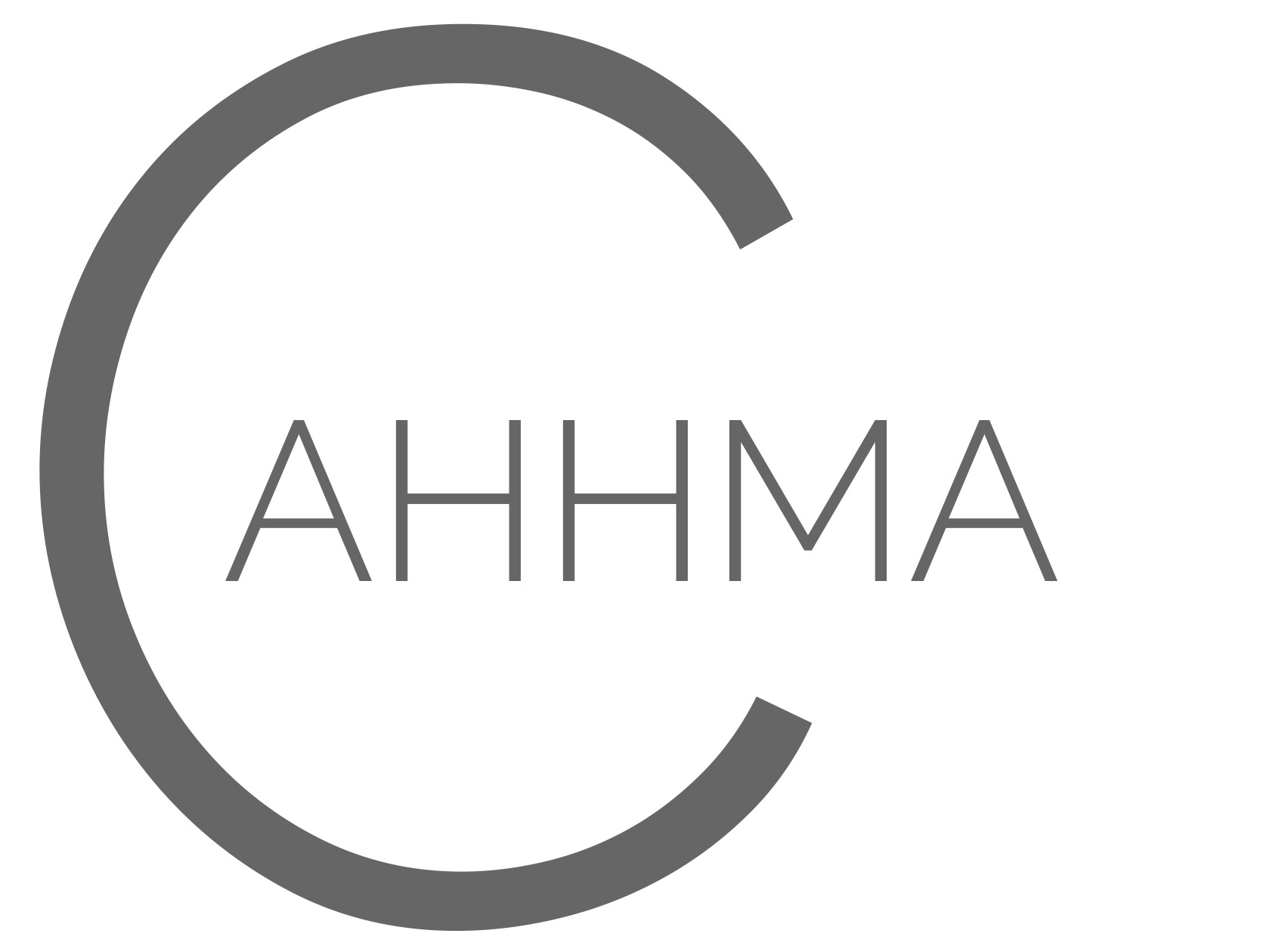National Post August 2, 2017: Health care is perhaps Canada’s defining obsession. As a nation, we crow about it and complain about it. We deify Tommy Douglas, rage about wait times, fret over private clinics and fight campaigns on minute points of privatization.
But for all the endless studies, Royal Commissions and political bloviating, it can be hard to know how much Canadians actually pay for health care, not as a nation, but as individuals.
The Canadian Institute for Health Information (CIHI) believes Canada spent approximately $228 billion on health care in 2016. That’s 11.1 per cent of Canada’s entire GDP and $6,299 for every Canadian resident.
That per capita rate would put Canada near the high end of what other advanced economies pay. According to the IHI, in 2014, the last year for which comparable data was available, Canada spent $5,543 per resident, more than the United Kingdom ($4,986) and Australia ($5,187) but less than Sweden ($6,245) and far less than the United States ($11,126).
Assuming roughly similar rates of growth, Canada will remain near the top of the tightly clustered group of wealthy countries that have strong public or mixed public/private systems in terms of per capita spending this year. (The primarily private system in the United States remains an outlier.)
But per capita is just an average. Not everyone pays the same. And figuring out what any individual Canadian, or even a representative sample of Canadian demographics, pays turns out to be a lot harder than it seems.
This week, the Fraser Institute, a Vancouver think-tank dedicated to small government thinking, took a thwack at the problem. Researchers at the institute used a proprietary system —the same one used to calculate the institute’s controversial Tax Freedom Day — to break Canadians into a host of economic tranches.
They then used their own calculations for the tax burden faced by each of those groups to figure out roughly what an “average” family pays for public health every year.
Their conclusion? The “average” Canadian family, consisting of two adults and two children, earning about $127,000, will pay about $12,000 a year for public health care.
Is that a lot? The Fraser Institute researchers think so. In their study, they paint a picture of out control health care costs growing at break neck speed (173 per cent over the last 20 years) compared to things like food (54.6 per cent) and shelter (93.4 per cent).
But not everyone agrees with their analysis. For one thing, the new study uses an old Fraser Institute system that critics have long charged vastly overestimates the tax burden faced by Canadians. For another, their definition of an “average” Canadian by income earned or income tax paid is not actually what a “typical” Canadian makes and pays, according to economist Richard Shillington.
A better measure than the average, Shillington believes, is the median. The average — the total taxes paid divided by the number of people in Canada — is pulled upward by a small number of individuals with a very high-income, he said. The median, the taxpayer in the exact middle of the sample, is a better, and considerably lower, estimation of what’s normal.
(Bacchus Barua, one of the authors of the study, points out that data for median earners is included, although it’s not broken down by family type. They calculate that an individual in the fifth decile of Canadian earners will pay approximately $5,789 in public health costs.)
The Fraser Institute numbers, too, only look at public health spending. And while that figure is rising, it’s not doing so particularly quickly as a percentage of GDP, according to Jean He, from the CIHI. In fact, Canadian health care spending as a percentage of GDP is still below its all-time peak, reached in 2010.
Public health care costs also aren’t the only ones rising. Only about 70 per cent of health care spending in Canada is public, according to the CIHI. The rest is split primarily between private insurance plans and out of pocket costs. So a true estimate of what Canadians pay overall for health care should include those numbers as well.
Barua believes the value of this study lies in reminding Canadians that public health care is not free health care.
“If you ask the average person,” he said, “I think many would struggle to give you an answer for how much they paid for public health care last year or what they can expect to pay going forward.”
That is definitely true, for health care, as well as public education, national defence, policing or anything else the government funds. Canada still has a primarily progressive system of taxation. That means that people who make more, pay more for services that all enjoy.
The CIHI estimates that Canadian governments collectively will have spent just under $160 billion on health care in 2016. (The Fraser Institute report cites $148 billion, but that appears to exclude federal and municipal health care spending, according to He.)
Putting the arguments over methodology aside, breaking that total down by individual taxpayer is a totally reasonable thing to do. But all that breakdown seems to do is provide one more platform to relitigate Canada’s endless healthcare fights: over value for money and public vs. private. It doesn’t help solve any of them.
If you want to know how much you pay for public health care, you can probably, based on how much you pay in taxes and how much the government spends, get somewhere close to figuring it out. What you’ll have more trouble doing, though, is deciding whether that spending represents a good value — for you, and for everyone else who benefits from a system meant to serve all.
• Email: rwarnica@nationalpost.com
